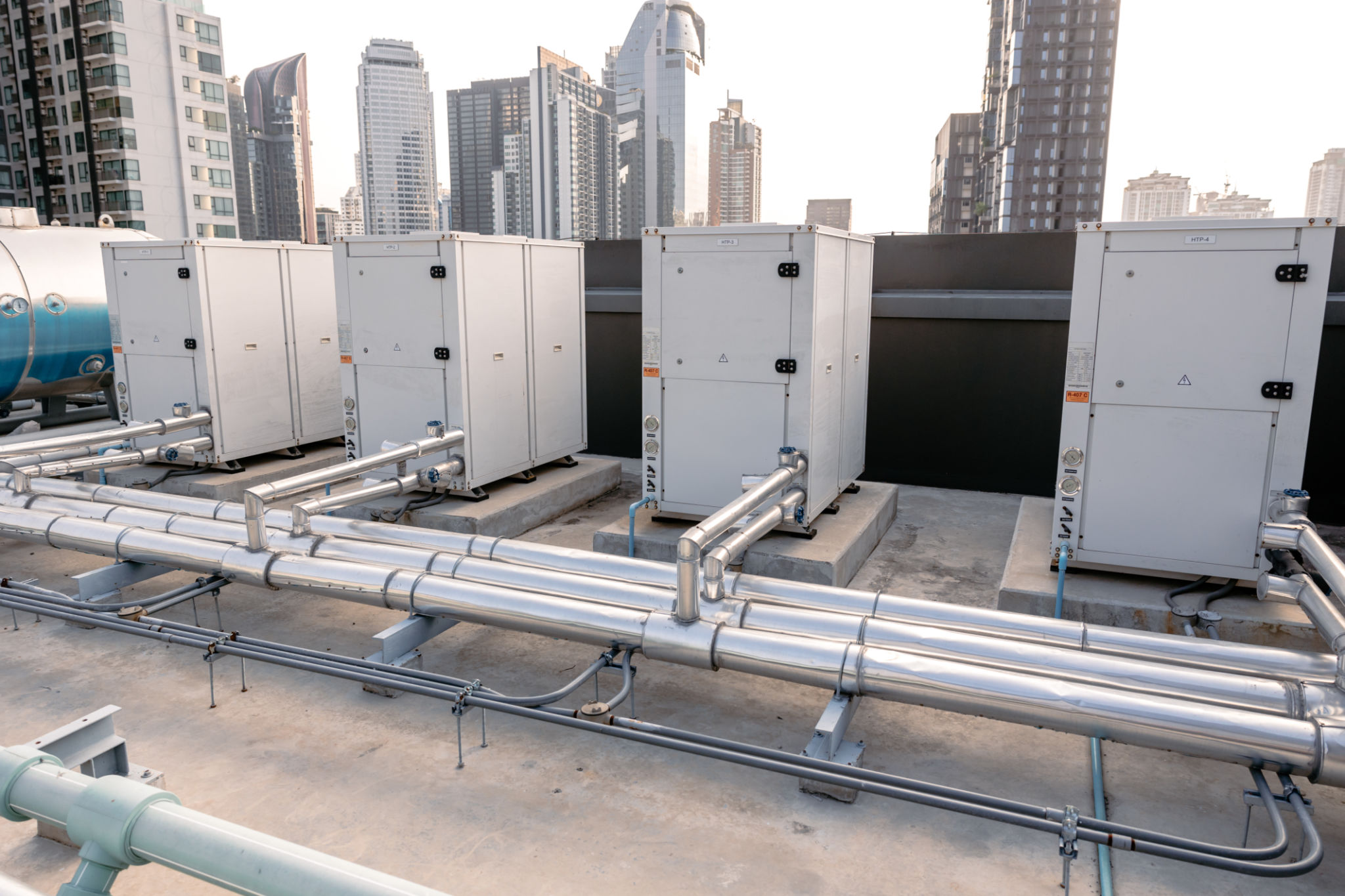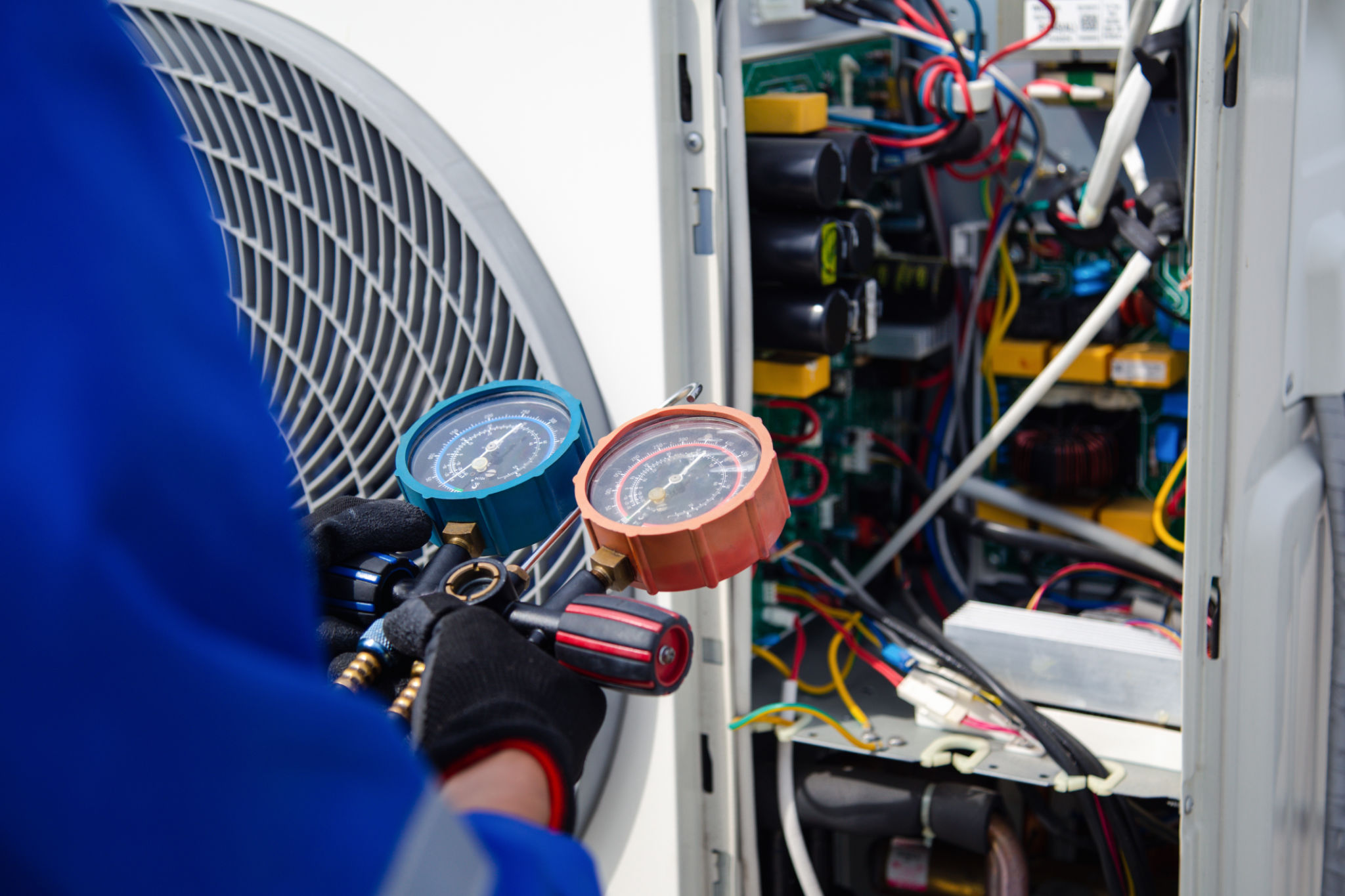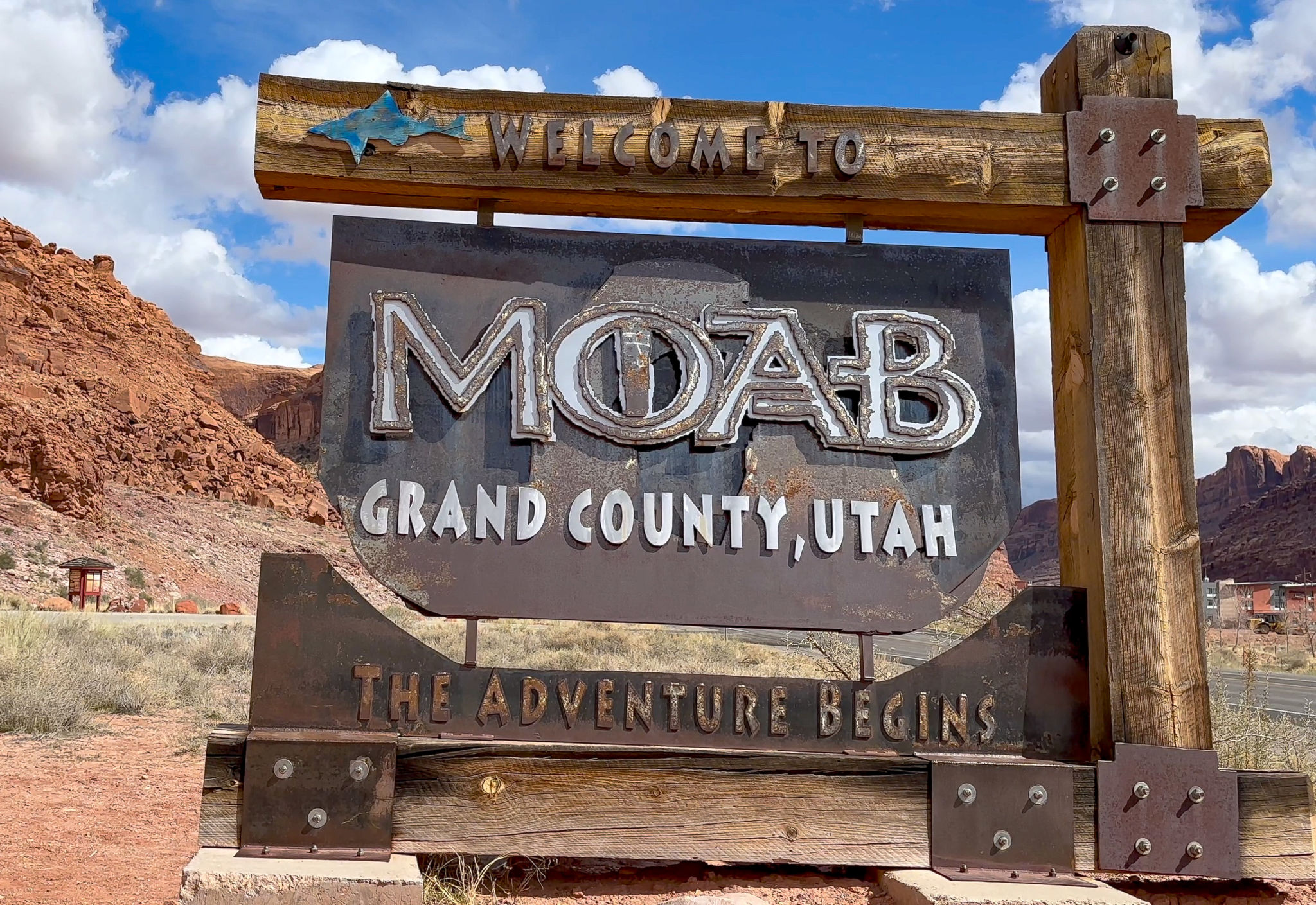Understanding Commercial Cooling Systems: What Utah Businesses Need to Know
Understanding the Basics of Commercial Cooling Systems
Commercial cooling systems are essential for businesses in Utah, especially those operating in industries like food service, hospitality, and manufacturing. These systems ensure a comfortable environment for employees and customers while preserving products that require specific temperature conditions. Understanding the basics of these systems can help business owners make informed decisions about installation, maintenance, and upgrades.

Types of Commercial Cooling Systems
There are several types of commercial cooling systems available, each designed to meet different needs and capacities. The most common types include:
- Central Air Conditioning Systems: Ideal for large spaces, these systems use a network of ducts to distribute cooled air throughout a building.
- Split Systems: These systems have separate indoor and outdoor units and are suitable for smaller facilities or specific zones within a building.
- Ductless Mini-Split Systems: Perfect for businesses without existing ductwork, offering flexibility with multiple indoor units connected to a single outdoor unit.
- Packaged Air Conditioning Units: These are standalone units often installed on rooftops, useful for businesses with limited indoor space.
Importance of Regular Maintenance
To ensure optimal performance and longevity of your cooling system, regular maintenance is crucial. Scheduled inspections can help identify potential issues before they escalate into costly repairs. Business owners should invest in professional maintenance services that include:
- Cleaning and replacing air filters
- Checking refrigerant levels and pressure
- Inspecting electrical components and connections
- Ensuring proper airflow and thermostat calibration

Energy Efficiency Considerations
Energy efficiency is a significant concern for businesses looking to reduce operational costs and environmental impact. When selecting a commercial cooling system, consider models with high Seasonal Energy Efficiency Ratios (SEER) and Energy Efficiency Ratios (EER). These ratings indicate the system's efficiency in converting electricity into cooling power. Additionally, implementing smart thermostats and energy management systems can further enhance efficiency.
Local Climate Impact
The unique climate of Utah, characterized by hot summers and cold winters, can influence the choice of a commercial cooling system. Businesses should opt for systems that can effectively handle temperature fluctuations while maintaining energy efficiency. It's advisable to consult with local HVAC professionals who understand the regional climate and can recommend suitable solutions.

Retrofitting vs. New Installations
Deciding between retrofitting an existing system or installing a new one depends on several factors such as the current system's age, efficiency, and repair history. Retrofitting can be cost-effective for systems that are relatively modern but require upgrades to improve efficiency. However, if a system is outdated or frequently breaks down, investing in a new installation might be more beneficial in the long run.
Choosing the Right Contractor
Selecting a reputable contractor is vital for the successful installation or maintenance of commercial cooling systems. Look for contractors with strong industry experience, positive customer reviews, and proper licensing and certifications. Requesting detailed quotes and understanding the scope of work ensures transparency and helps avoid unexpected expenses.
In conclusion, understanding commercial cooling systems is vital for Utah businesses aiming to maintain operational efficiency and comfort. By choosing the right system, ensuring regular maintenance, and considering energy efficiency, businesses can optimize their cooling solutions to meet their specific needs.